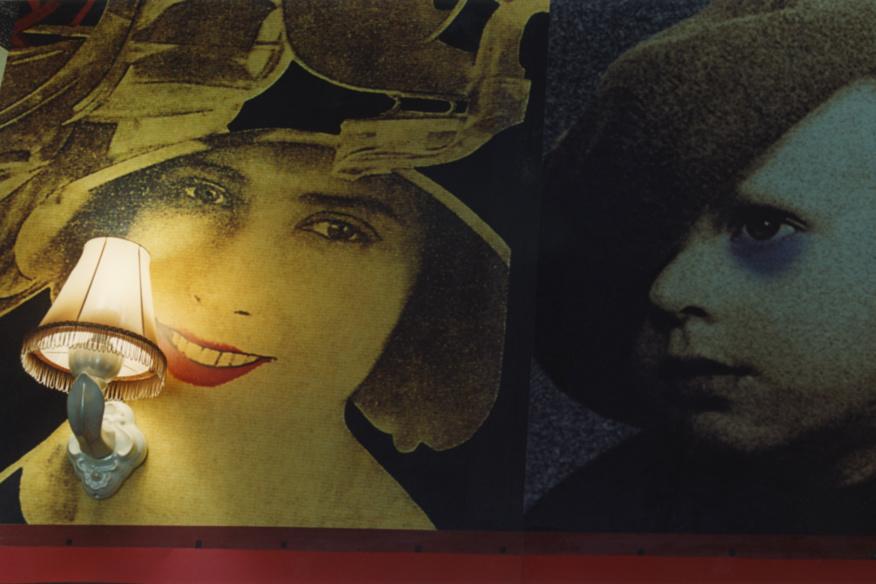
Parliament Lights, a project of a famous Ukranian artist Arsen Savadov, represents a series of large-size colour photographs. They seem to resemble a grotesque collage of polystylish portraits, handmade or digital. In fact, things are much easier and better. There is no technical manipulation, no traits of contemporary art, which specializes in criticizing public taste or perception standards. However, Savadov’s new series is as impressive as his shocking Donbass-Chocolate or Book of the Dead series. The latter ones are characterized by complex staging and extremely hard creative work, while the present one represents an accurately found object and traditional direct photography.
Everyone knows that to describe a work of art is as useless as to explain the point of an anecdote: in any case it won’t be funny. Nevertheless, there should be some kind of plot. What is Parliament Lights about and why does this project have the same name as a cigarette brand? Perhaps, the reason is that the characters, shot by the author, look very much alike an exalted assembly, or may be the reason is that there is a lit lamp on every photograph? Well, all these arguments might be true. It is also true that everything was evidently easily done, and the cigarette brand has stuck to the group of characters as easily as each member of the group to one another. But does it explain anything? After all, what are Van Gogh’s sunflowers or Damian Hirst’s cut sheep about? And what makes them different from some other representations of the same plants and exhibit items at a museum of anatomy?
In fact, an artist has only two devices at his disposal: choice and expression. They determine the level of his work skill and the quality of the final product, moreover, they represent a test of our visual perception. However, they can neither be retold, nor reproduced verbally. After all, to describe means to distrust the audience. A critic may be excused for it — but only as a mediator. An artist judges his audience considering himself. A good artist always thinks that everything is clear enough to waste the viewers’ attention on some “technical” details. This is why he puts aside everything undue, even his own virtuosity. The virtuosity itself is an explanation of the anecdote. A good artist will present everything as if he hasn’t done anything, or as if he is not the author — things have appeared by themselves. In this sense high quality art looks like photography, where reality will be expressive enough to talk about itself. The author’s work is hidden, and the precise choice — is imperceptible. It’s enough to press the button. It seems that everyone can do it, everyone can play all this jazz. However, it is almost unbelievable: there is neither author’s gesture, nor problems or questions — only the reality.
Vladimir Levashov